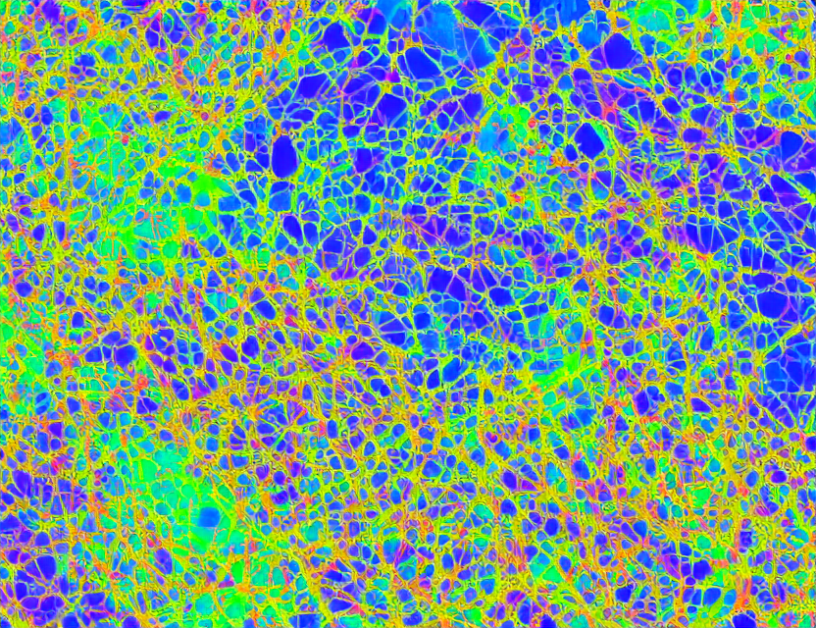In this paper, researchers propose a novel approach to estimating the pose of objects in a scene using first principles mathematics. The proposed method is based on defining random variables and transforming them into observation scenarios to estimate object poses. This approach differs from current algorithms that rely on deep learning architectures, which are successful but limited to specific camera setups and video stream data.
The authors stress that their goal is not to compare their framework to the existing algorithmic-driven research but rather to allow designing and comparing new observation scenarios and devices. They acknowledge that defining necessary density functions in this new framework may be challenging, as each of them should be backed up by independent observations. However, they emphasize that this effort has its merits, as the transparently incorporated blurry information benefits from the estimation process.
The article highlights that finding advantageous geometric parameter sets in the observation model might be challenging, especially if one wants to define which parameters are set to fixed values and which are optimized in a calibration routine of a multi-view (and possibly multi-technological) system.
To demystify complex concepts, the authors use everyday language and engaging metaphors or analogies. For instance, they explain that the proposed method is like a "transformer" that changes random variables into observation scenarios, similar to how a chef transforms raw ingredients into a delicious meal. They also compare the density functions to a "recipe book" containing detailed instructions for preparing different dishes.
The authors strike a balance between simplicity and thoroughness, capturing the essence of the article without oversimplifying. Their concise summary provides an accessible overview of the proposed method and its potential advantages, making it easier for readers to understand and appreciate the research.
Computer Science, Computer Vision and Pattern Recognition
A Model-Driven First Principles Approach to Pose Estimation: A Comparative Study of Random Variables and Deep Neural Networks



